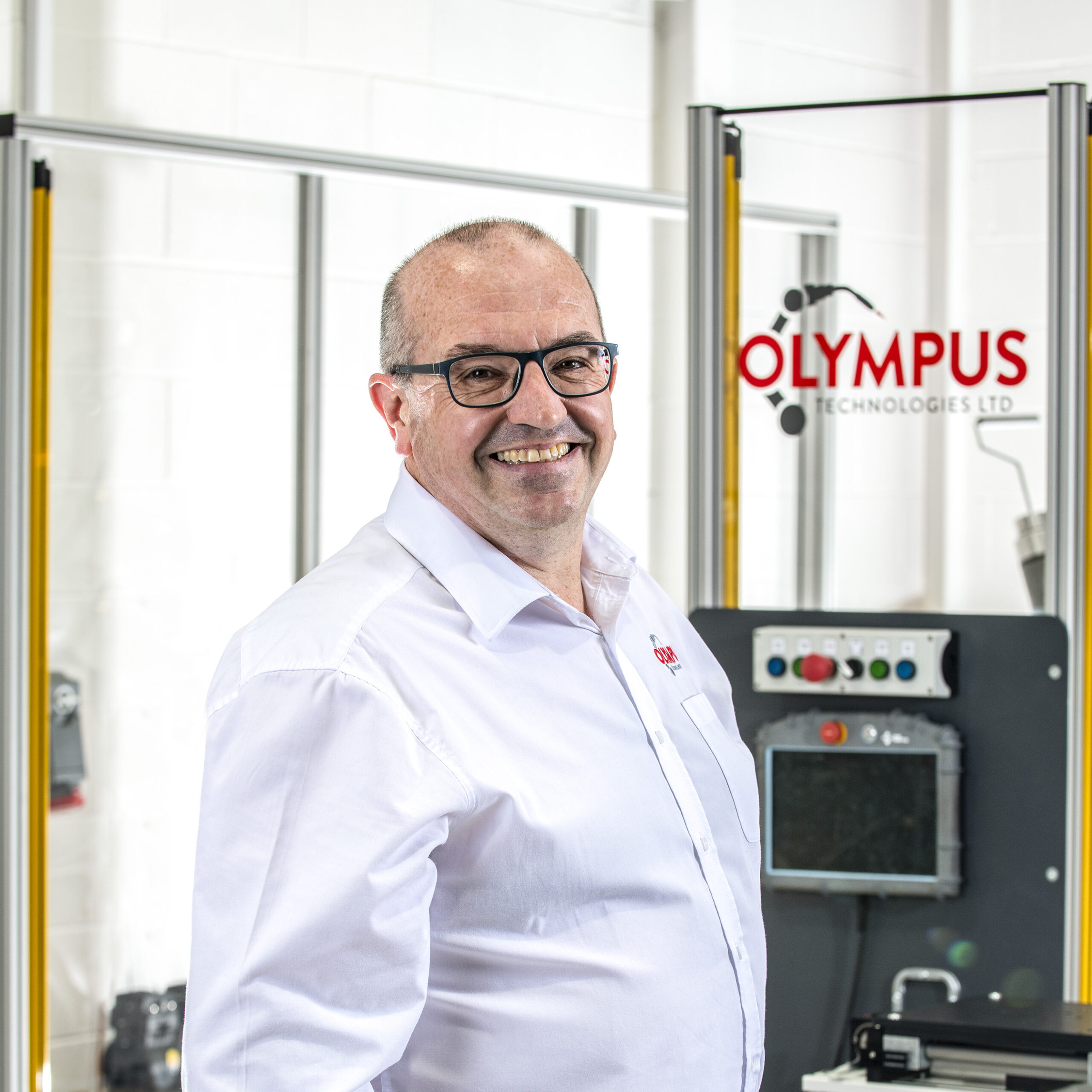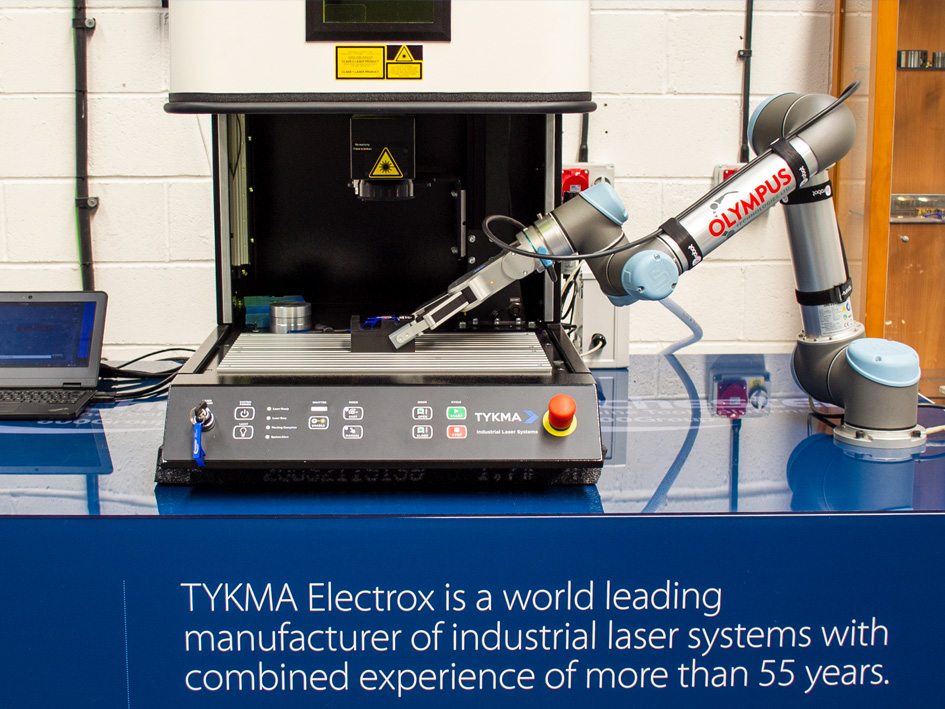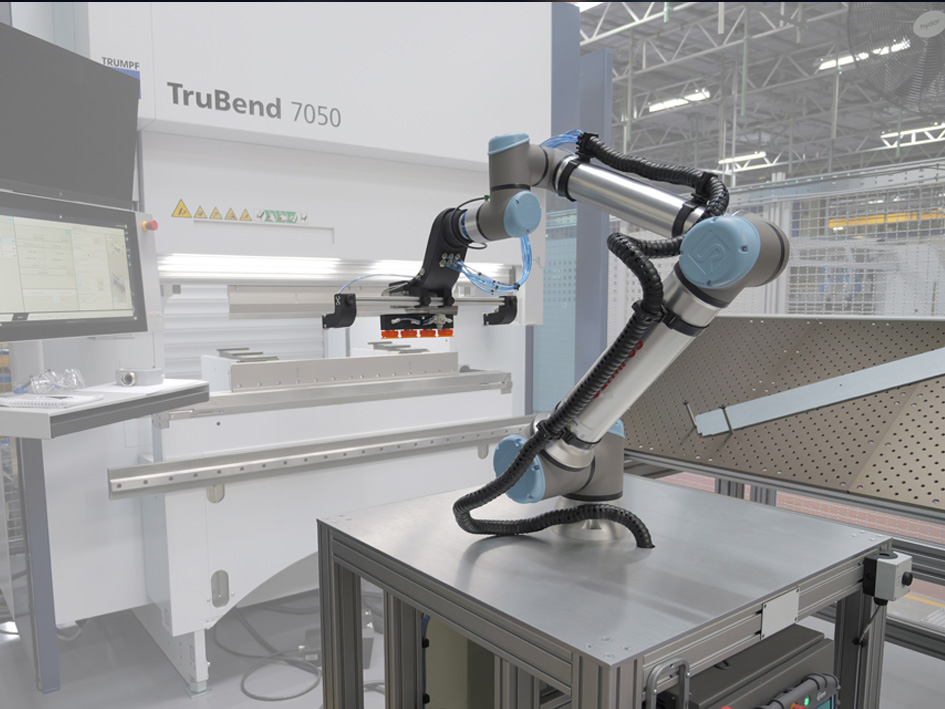Why Robotics Is Shaping the Future of FMCG Packaging
In the fast-moving consumer goods (FMCG) sector, packaging has always been a balancing act: speed, hygiene, and precision all competing for priority.
Now, robotic packaging systems are changing the way manufacturers operate. With fewer errors and faster turnaround, robot technology is reworking the packaging process from the ground up.
For manufacturers, the pressure to meet growing customer demand while keeping costs low means automation isn’t optional anymore. It’s become the foundation of how modern packaging operations run.
What Robotic Packaging Brings to the Table
Faster Lines, Higher Throughput
Automated packaging processes keep production running at a pace humans can’t match. Packaging robots take on tasks like sealing boxes, stacking pallets, and sorting products - all without downtime. In the food industry, integrating articulated robots or delta robots has increased line speeds by up to 40%, boosting overall productivity.
Less Strain, Lower Costs
Tasks that involve repetitive movement or heavy lifting - like palletising or loading - are now handled by robots. This shift reduces injuries and frees up workers for higher-value roles. It’s a win for both employee safety and long-term cost savings.
Reliable Results, Every Time
Unlike manual labour, robotic packaging delivers repeatable precision. Whether it’s filling, sealing, or labelling, the results are consistently accurate. Equipped with a vision system, inspection robots can also adjust on the fly to different tasks, catching flaws in real time and helping maintain quality across every unit.
Less Waste, More Sustainability
Automated packaging helps cut back on waste by controlling material usage more tightly. Whether it’s through better packing layouts, reduced rejection rates, or energy-smart equipment, these systems support both environmental goals and business targets.
Table: Robotic Packaging vs Traditional Methods
| Metric | Traditional Packaging | Robotic Packaging |
|---|---|---|
| Line speed | Moderate | High |
| Labour cost | High | Low |
| Error rate | Variable | Low |
| Downtime | Frequent | Predictive, minimal |
| Energy efficiency | Mixed | Optimised |
The table highlights what many companies are discovering - robotic packaging isn’t just more efficient, it’s more dependable too.
Where Robotics Is Already Delivering
From food to pharmaceuticals, robotic packaging systems are solving unique challenges.
In manufacturing processes where hygiene is critical, robots switch between SKUs with ease. In pharma, they ensure sterility and traceability. In cosmetics, their precision is ideal for handling delicate components and custom packs.
Types of Robots Used in Packaging
Different packaging tasks call for different robots:
- Articulated robots handle complex tasks that need multiple axis movement.
- Delta robots are fast and perfect for lightweight, high-speed packaging steps.
- SCARA robots offer pinpoint horizontal movement.
- Cobots work directly with people on shared lines.
The right robot depends on the function - be it placing products, packing goods, or managing logistics.
Keeping Quality High With Vision Systems
Inspection That Doesn’t Miss
High-res cameras and artificial intelligence help inspection robots detect flaws in shape, seal, or label before products ship. They don’t just inspect - they adjust.
Maintenance Before It’s Needed
Modern robots monitor their own performance. Sensors detect wear, flag problems, and prompt predictive maintenance. That means fewer breakdowns and smoother production overall.
Real Business Wins With Robotic Packaging
Case Study: 30% More Output
A global snack brand worked with Olympus Technologies to automate packing and palletising. The result? A 30% jump in output and a 50% drop in manual labour.
Case Study: 25% Cost Reduction
A personal care manufacturer added SCARA robots and vision tools to improve consistency and reduce errors. Within a year, packaging costs dropped 25%, with ROI seen in just two quarters.
These case studies show how automation turns challenges into measurable advantages.
Looking Ahead: Smarter, Greener, More Flexible
Smarter Systems, Better Performance
With the integration of AI and IoT, packaging robots are learning to self-adjust in real time. They respond to product shifts, prevent faults, and improve performance on their own.
Mass Customisation Made Easy
Need to launch seasonal or personalised packs fast? Robotics can now handle that - no long changeovers, no drop in efficiency.
Supporting Greener Goals
Sustainability isn’t just nice to have. Robotics allows manufacturers to work more easily with recyclable or biodegradable materials. These are handled precisely, packed tightly, and transported cleanly.
Final Thoughts: A Practical Edge for Manufacturers
Robotic packaging has moved beyond theory - it’s the new standard. It offers more than just speed; it brings control, accuracy, and long-term savings. As packaging tasks grow more complex, automation keeps manufacturers in control.
At Olympus Technologies, we build robotic packaging systems that meet real production needs. With decades of experience, we help businesses reduce waste, improve efficiency, and stay competitive.
FAQs
How has robotics transformed FMCG packaging?
Robotics has changed the packaging industry by increasing speed, accuracy, and efficiency. It's streamlined packaging tasks while reducing labour costs and waste.
What are the most common robots used in packaging?
You'll find articulated robots, delta robots, SCARA robots, and cobots on modern production lines. Each is tailored to specific packaging needs, from high-speed place applications to heavy-duty transport.
How do vision systems improve packaging quality?
A vision system helps inspection robots detect defects like mislabels or weak seals. It ensures only quality products make it through the packaging process.
Why are businesses investing in automated packaging systems?
The main reasons are higher productivity, better performance, and reduced downtime. Automated packaging also cuts errors and improves the handling of sensitive components.














